In a remote viva Marian Heil successfully defended his PhD thesis titled “High energy corrections to the production of Higgs-boson plus dijets in QCD”. Congratulations to him and all the best for his future plans in Germany! The abstract is shown here and the full thesis is here.
With the expected increase in statistics provided by the LHC in the coming years it will enable experiments to explore a wider range of phase space then at present. Some of these regions require special treatment since the cross section induces large logarithms which lead to a breakdown of the perturbative series. In particular at large partonic energies the cross section of QCD processes is sensitive to BFKL–like logarithms of log |sˆ/tˆ|. The Monte Carlo generator High Energy Jets (HEJ) resums log |sˆ/tˆ| through an expansion of the matrix element and a numerical integration of the phase space. This thesis will develop a completely new matching of HEJ with leading-order calculations, which allows matching higher multiplicities while simultaneously decreasing the computational costs. This required a full rewrite of the source code, leading to a new, version 2 release of HEJ. The matching shown can be applied to any multi-jet process in QCD for which the matrix element in HEJ are known. In this thesis we use Higgs boson plus dijet production from gluon fusion as our first proof-of-concept
for this matching. In Higgs boson production one typically wants to isolate the weak-boson fusion production channel. Common cuts therefore require large invariant masses of the jets. Thus predictions become not only sensitive to hard emissions, but also to high-energy logarithms. Additionally even at leading order, gluon-fusion includes a massive quark loop, meaning that the process is particularly hard to accurately model. We will show how finite quark masses can be included in HEJ to all orders, and all multiplicities. The resulting simulations are some of the most accurate predictions of Higgs boson production through gluon fusion at parton colliders.


